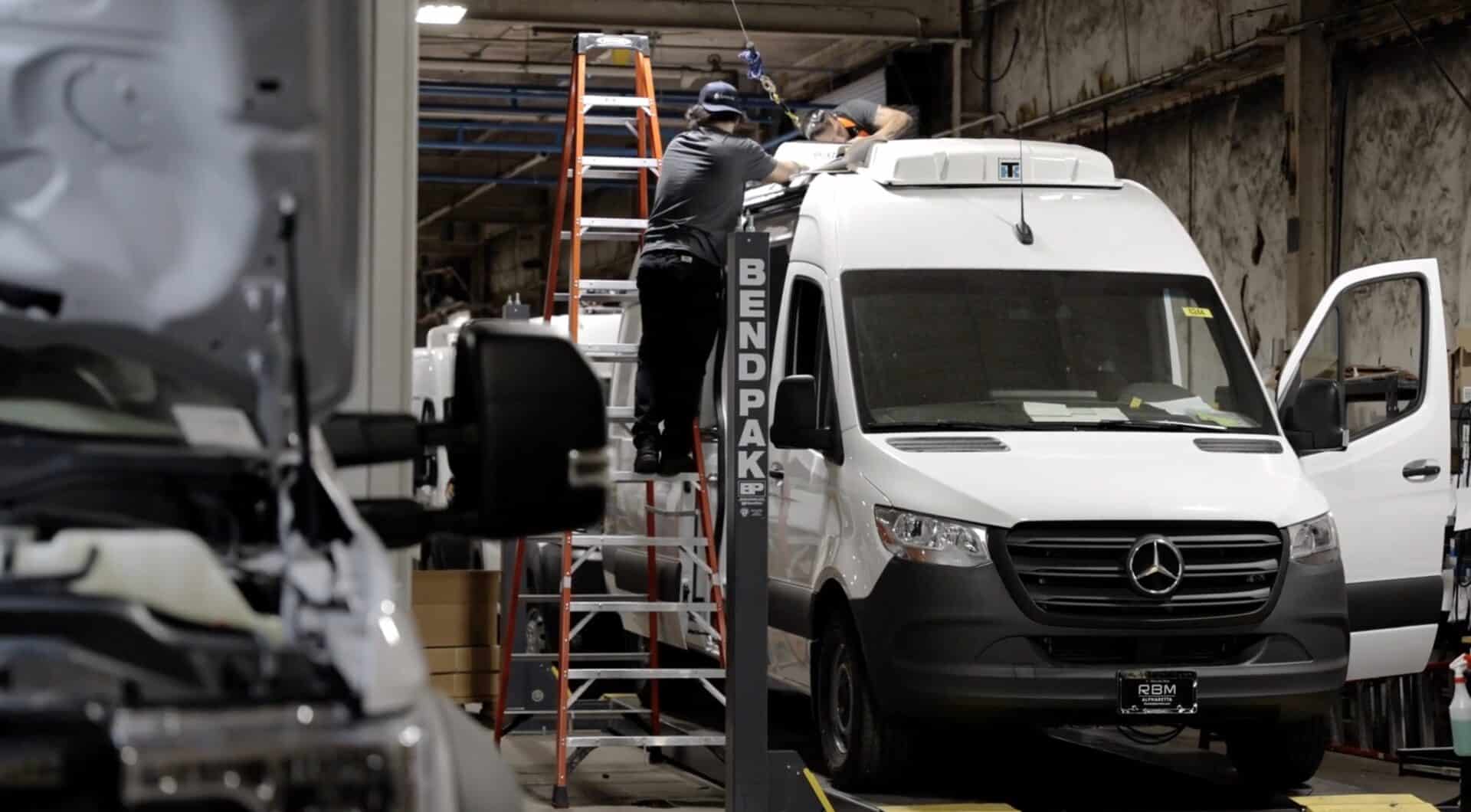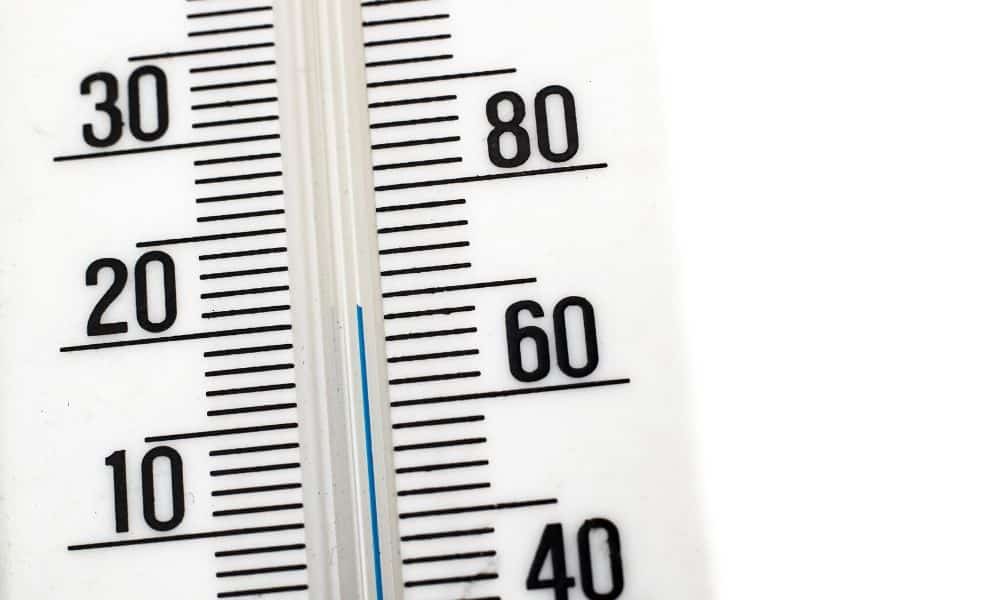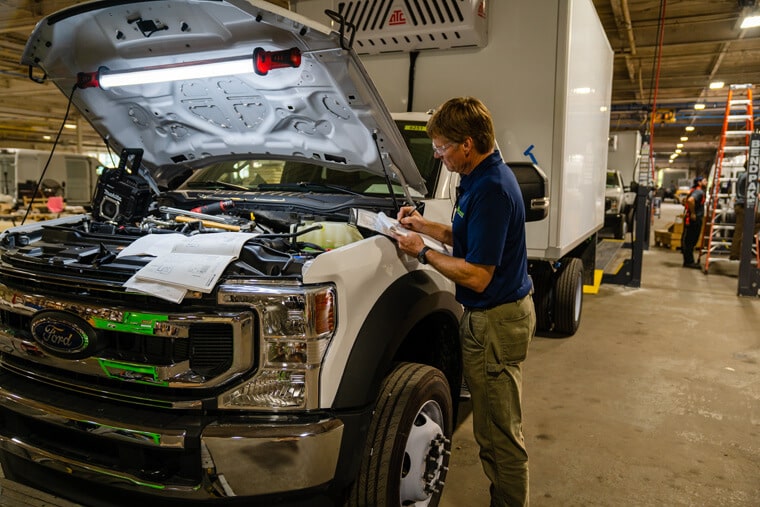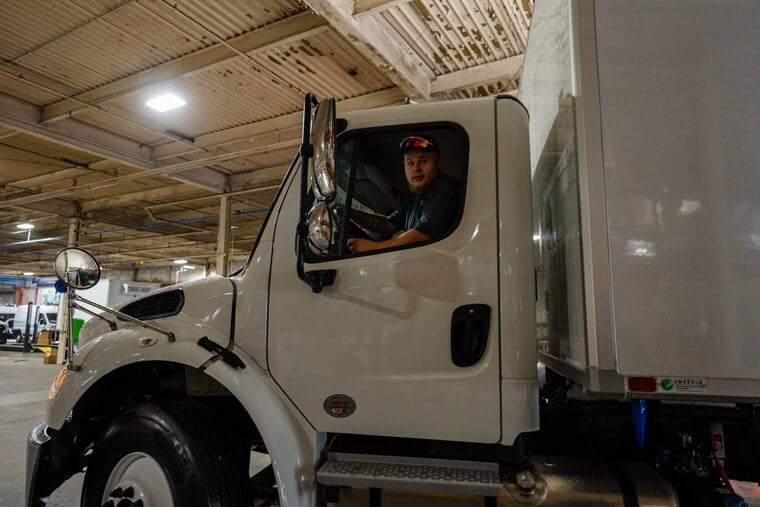
Transportation Requirements for Alcohol
Joe Dickman | April 8th, 2020
Alcohol is a cultural staple in America. Many people enjoy it weekly and associate it with big events—beer with the big game, champagne with an important toast, wine and cheese with a girls’ night out. Unsurprisingly, alcohol in its various forms is one of the most commonly transported products in the United States. These beverages must travel safely, legally, and expeditiously to satisfy demand and states’ many stringent regulations. If you’re in the business of transporting alcohol or other perishable products along the cold chain, you’ll benefit from understanding these transportation requirements for alcohol along with some practical tips for improving the transportation process.
Prohibition to Existing Alcohol Restrictions
The Prohibition holds a significant place in America’s history, and its associated legislation still affects alcohol commerce and transportation today. Though the period began in earnest in 1920 with the 18th Amendment and ended in 1933 with the 21st Amendment, momentum toward abolition had built up over decades. Women’s movements opposing alcohol due to its misuse drove this momentum. One piece of legislation still in effect from this period is the Webb-Kenyan Act of 1913.
Webb-Kenyan Act
This pre-abolition transportation requirement for alcohol indicated an existing anti-alcohol sentiment even before states ratified the 18th Amendment in 1919. This bill arose because some politicians believed that transporting alcohol across state lines would violate existing laws in receiving states if prohibitory laws existed there. Spearheaded by Congressmen Edwin Webb and William Kenyan, the bill passed in Congress and went to President Taft’s desk. However, he vetoed the bill because he believed it infringed on the federal government’s express role of regulating interstate commerce and placed too much power in states’ hands. Still, the bill went into place after the Senate voted to override the veto. Today, those transporting alcohol still need to be aware of any existing state regulations.
Individual State Regulations
There are quite a few existing state regulations pertaining to direct-to-consumer wine shipments. Some of these have permit rules to which transporting loads must adhere.
Ohio and New Jersey
According to Free the Grapes, which tracks alcohol shipment laws for each state, Ohio and New Jersey restrict consumers’ direct access to alcohol from wineries that produce over 250,000 gallons of wine per year. The goal of this legislation is to protect wholesalers and retail locations from losing too much business to direct-to-consumer shipment alternatives. One side effect of this policy is that it complicates the transportation process for operations surrounding Ohio and New Jersey.
Mississippi, Alabama, and Utah
Meanwhile, Mississippi, Alabama, and Utah all employ strict bans on shipping directly to consumers. In fact, shipping alcohol directly to your home is a felony in Utah.
Rhode Island and Arkansas
Rhode Island and Arkansas have alcohol policies that greatly limit direct-to-consumer shipment. They do this by only permitting shipments to buyers who purchase a shipment on-site at a winery.
Louisiana and Indiana
Another business-first policy is Louisiana’s outlawing of direct-to-consumer dealing for wineries that have existing relationships with wholesalers. Essentially, wineries in these states must pick whether to partner with a wholesaler or ship directly to consumers, limiting their overall flexibility.
Permit Rules
Concerning broader U.S. alcohol policy, many states require permits for those delivering loads. Below is a list of states that require some type of permit. Check with the states you deliver to so that you can prepare appropriately. Not listed are Louisiana and Missouri—neither state requires a permit, but both require some form of licensing. Another worthwhile note—certain counties in Texas and other states that drivers may pass through are dry counties and therefore do not allow alcohol transport.
- Arkansas
- California
- Colorado
- Connecticut
- Delaware
- Washington, D.C.
- Indiana
- Kentucky
- Maryland
- Massachusetts
- New Jersey
- New Mexico
- New York
- North Carolina
- Ohio
- Oklahoma
- Pennsylvania
- South Dakota
- Texas
- Virginia
- West Virginia
Practical Tips for Transporting Alcohol
Moving on from regulations to the methods you’ll need to safely transport alcohol in a truck, here are some best practices as well as some information about ideal transportation conditions.
Package Properly
The glass bottles so many alcoholic products come in are more fragile than your average load of food or beverages. For this reason, you need to use some kind of durable packaging that separates units. Molded Styrofoam is good for this purpose because it completely protects bottles, unlike a conventional box. You’ll also want to provide adequate cushioning to mitigate any turbulence your product may experience on the road. To accomplish this, use packing peanuts or wrap your Styrofoam boxes in bubble wrap. Avoid stacking your product so that you don’t have to deal with lost product.
Maintain Your Transportation Conditions
You’ll also want to keep your shipment within a certain temperature and humidity range. A slightly cool temperature between 50 and 60 degrees Fahrenheit, which you can accomplish with a refrigerated truck or van, works best to slow oxidation. This is especially important for domestic drafts that manufacturers don’t pasteurize. This lack of pasteurization inherently limits the product’s shelf life, and exposure to heat shortens its lifespan even more. Changes in temperature don’t affect other alcoholic beverages this way, but they can change the pressure within a bottle, threating its integrity and increasing the risk of leakage.
To further ensure safe transportation, humidity should remain above the 40 to 50% humidity threshold that’s common in homes. This prevents excessive dryness, which can damage bottles’ corks.
Limit Alcohol’s Exposure to Light
There’s a reason why many beer bottles are dark brown or green. These colors prevent ultraviolet light from chemically changing the alcohol, which occurs upon sustained exposure. During transport, it’s vital that you limit how long alcohol is in the sun. Be careful to transfer products in and out of your refrigerated truck as efficiently as possible in order to preserve their taste and freshness.
Emerald Transportation Solutions
If you want to broaden your transportation operation—whether you move alcohol, seafood, medication, or any other perishable product—consider contacting Emerald Transportation Solutions. We can supply you with the exact refrigerated delivery trucks your particular business needs. Call our experienced, helpful staff to learn more about what we offer, how our specially equipped trucks set us apart, and how we can best serve you and your goals.
Related Articles
Contact Us
Feel Free To Contact Us If You Have Any Questions
What does under DOT mean?
Questions regarding DOT requirements come up often. 10,000 lbs GVW (gross vehicle weight) and over are commercial vehicles that fall under the Department of Transportation regulatory requirements.
What is the difference between GVW and payload?
GVW or Gross Vehicle Weight is the entire weight of the vehicle including the payload. The payload weight represents the amount of cargo you are hauling.
What is a self-powered unit and a vehicle-powered unit?
A self-powered unit has its own fuel source and will run independent of the truck. This is the heaviest and most expensive option. While vehicle-powered units run off the engine via a compressor mounted on the engine. These are less expensive and lighter in weight but you must run the truck or plug the electric standby into shore power.
What does K-factor mean and why is that important?
K-factor is a term that stands for the overall insulating value of the container (truck body). Quite simply the lower the K-factor the better the truck body will be able to maintain a given temperature and require less energy to do so.
How much lighter is a Poly Van vs a US spec body?
Poly Van bodies are very light. On average we estimate we are 75-150 lbs per foot lighter than a traditional sheet and post foamed in place body. These weight savings translates to less fuel burn and less CO2 emissions, along with added payload, the most important benefit.







